The work of the W.K. Kellogg Foundation (WKKF) rests on the shoulders of many heroes and heroines – past and present –committed to the wellbeing of children, families and communities. In honor of Asian American / Pacific Islander (AAPI) Heritage Month, we asked WKKF staff members to reflect on AAPI leaders, coalitions and collectives who inspire the work we do today.
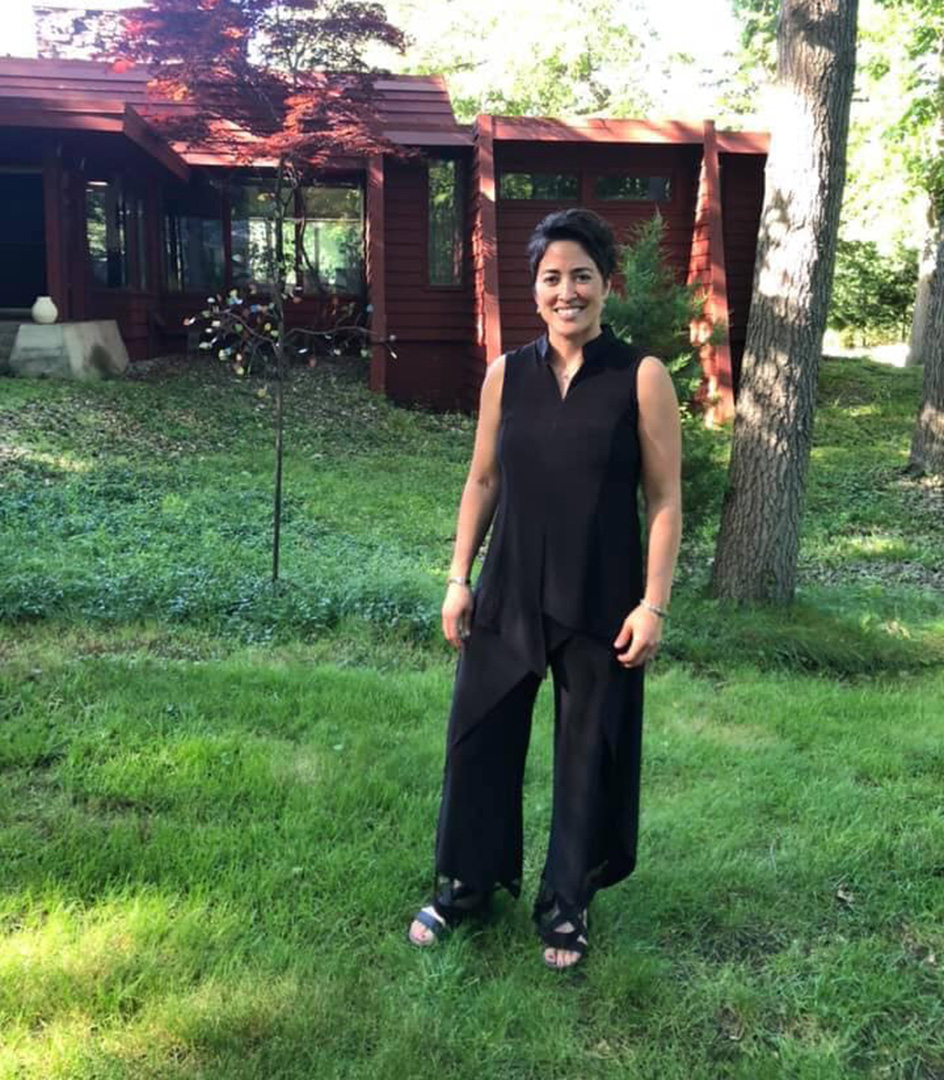
Paula Sammons is a senior program officer and team lead focused on WKKF’s priority place of Mississippi. In her work, she provides leadership to execute equitable programmatic, policy and systems change efforts that advance family economic security, healthy equity, early care and education readiness and racial equity. Sammons is also a member of of Rangoli, WKKF’s Asian American & Pacific Islander affinity group.
Affinity groups are formed by WKKF staff who share a racial or ethnic identity to promote cultural knowledge and social understanding, offer leadership development and opportunities for advancement through peer mentoring and foster community participation.
In this piece, she shares the stories of two women who demonstrated great power in the face of imposing systems.
May Chen, from exploitation to equity in employment
In 1982, May Chen led more than 20,000 garment workers through the streets of Lower Manhattan, in one of the largest Asian American workers’ strikes. Their campaign led to better working conditions for Chinese workers, including better wages and benefits, the ability to take off holidays and employer-provided language instruction and transportation to and from work.
Chen observed later, “The Chinatown community then had more and more small garment factories, and the Chinese employers thought they could play on ethnic loyalties to get the workers to turn away from the union. They were very, very badly mistaken.”
As the strikers demanded clear contracts, higher wages and safer working conditions, they also appealed to the cultural values they shared with factory owners, namely the ethics of fairness and respect, derived from Confucianism.
I am very inspired by May Chen and her leadership to advance the labor movement, and the courage to lead such a large strike in the 1980s. Like other minority groups during the late nineteenth and twentieth centuries, Asians were relegated to the jobs that nobody else wanted—those that often were lowest-paying or had terrible working conditions. The entry of the AAPI communities into the labor movement was not really recognized for so long, as the stereotype of Asians that persisted was that they were reserved, quiet, would not cause any trouble and would work hard, for long hours at a time, with no complaint. Some AAPI groups organized under the radar and participated in strikes as far back as the 1800s, but these large-scale workers strike of 20,000 garment workers led by Chen was monumental.
Her leadership and courage inspire me and remind me and all of us how important it is to use our voices or support voices who advocate and fight for what is fair, right and equitable, even in the face of large opposing forces. This has always been a critical lens in my employment equity work especially, to fight for job quality, higher wages, better working conditions, so that families of color can thrive.
Mochizuki Chiyome
I am very inspired by courageous, strong and wise ninja women who are rebels and advocates fighting for what they believe in and their way of life. Mochizuki Chiyome lived in 16th century Japan. Her mother was a famed ninja named Mochizuki Izomo-no-Kami and her father, a samurai lord named Mochizuki Moritoki. Chiyome lost her father in a brutal battle and was then taken into the home of Takeda Shingen, leader of the Takeda clan.
Under Takeda Shingen’s instruction, Chiyome created a covert network of women ninjas. She traveled to war-ravaged villages and recruited and taught widows, orphans and other women how to fight and gather information and deliver coded messages to allies. They were able to pass themselves off as maids, entertainers, shrine maidens, religious pilgrims, priestesses, geisha and dancers to gain access to their enemies’ inner circles and gather secrets without suspicion.
Between 1561 and 1573, its estimated that more than 300 women had joined Chiyome’s secret network. Their expertise as covertly gathering and passing along significant information gave Takeda the strategic upper hand. Takeda mysteriously died in 1573, after which Chiyome and her secret agents disappeared – which speaks to their power—stealth female ninjas from beginning to end!
Chiyome was able to organize this underground movement and train them how to be extraordinarily studious, observant and wise, using all their senses to listen and learn the language, culture, and practices of the enemy to then figure out how to blend in and essentially become invisible in order to use data to survive, thrive, and conquer the enemy.
It strikes me that in our work where we are often fighting for racial and economic justice, equity and democracy, we are doing the same thing, learning and listening deeply to fight the enemy of injustice and racism. We need to stay one step ahead, so we can reach our goals of thriving and equitable children, families and communities.



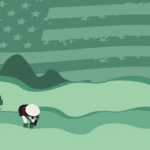
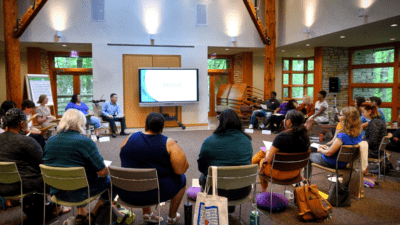
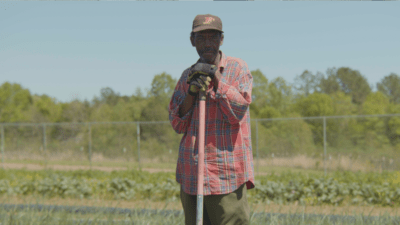
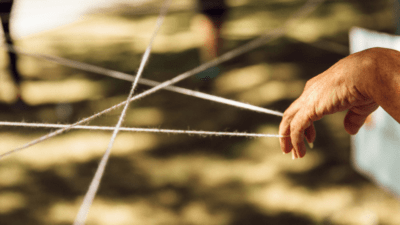
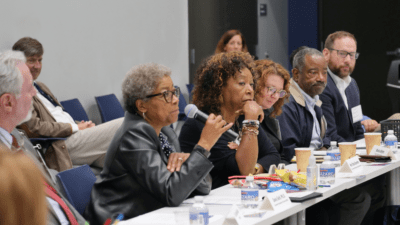
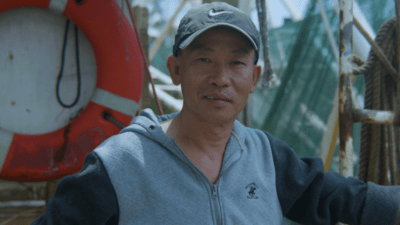

Comments